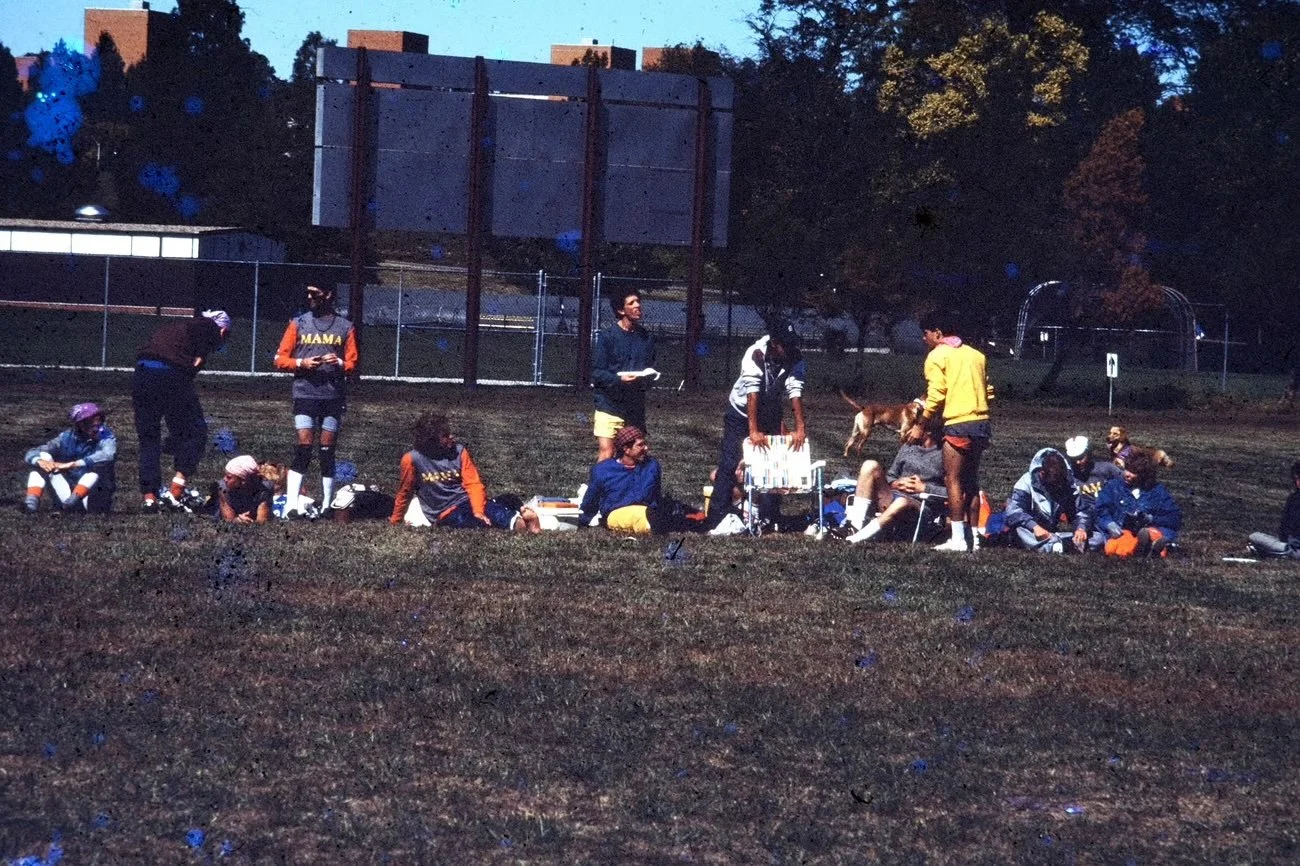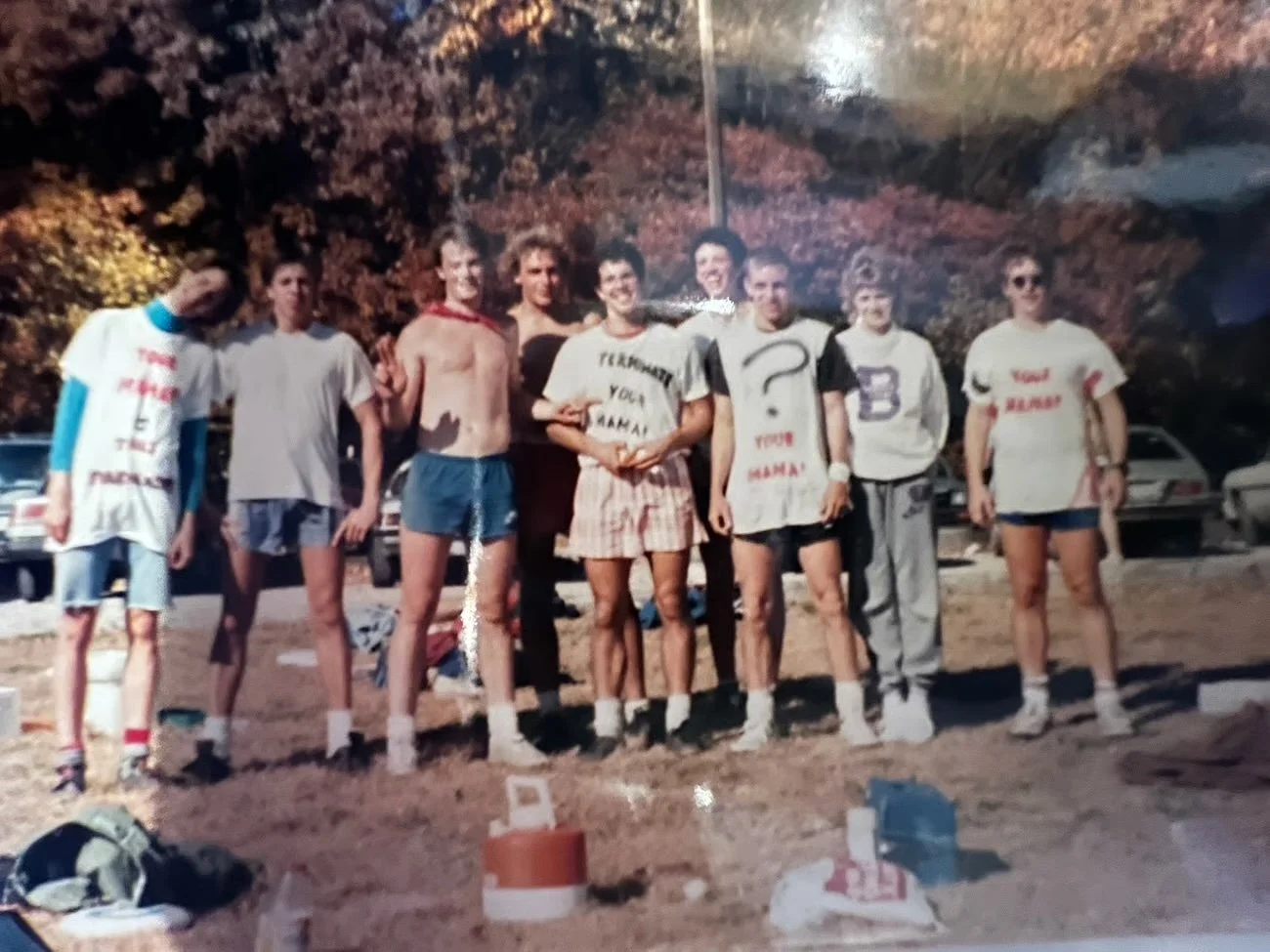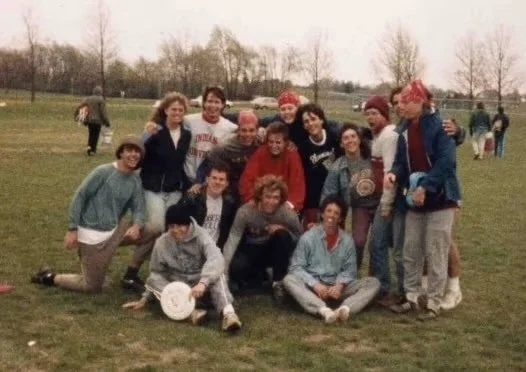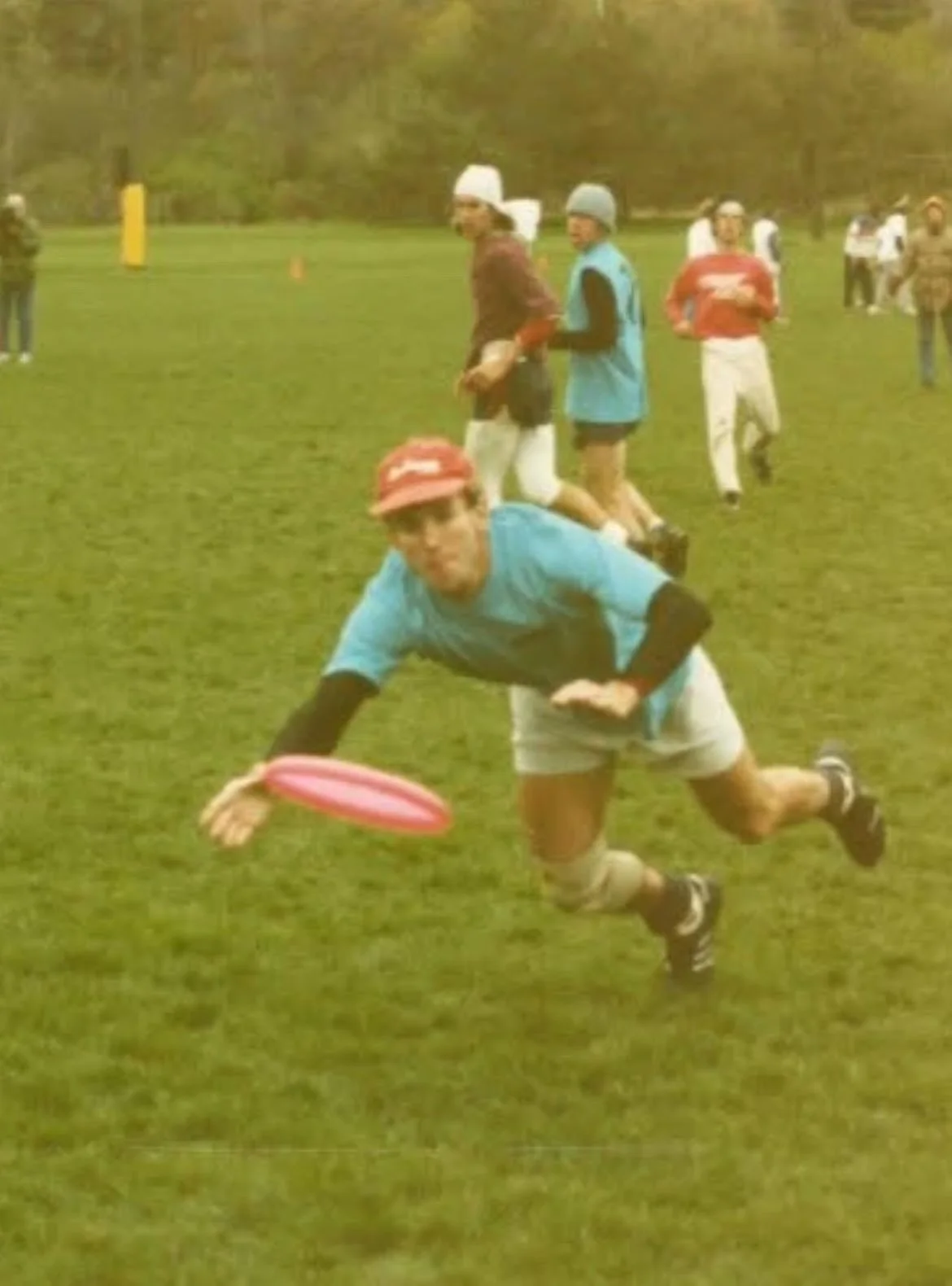Part 2: The Rise of the Mama?s
From Struggles to Success: The Journey to Legitimacy (1985-1988)
The HoosierMama?s were no longer just a handful of players showing up at Dunn Meadow, hoping enough people would come to practice. By the late 1980s, the team had structure, expectations, and an identity. They weren’t just trying to survive anymore—they were trying to win.
But the road from scrappy underdogs to a Nationals-caliber team was anything but smooth. The Mama?s had to learn from brutal losses, push through growing pains, and believe in something bigger than themselves.
This is part 2 of our three-part series diving into how the Mama?s went from a ragtag group playing in Dunn Meadow to a Nationals-caliber program. If you missed part 1, you can find it here.
The Early Growing Pains (1985-1987): A Team Finding Its Way
In 1985, the Mama?s were just happy to compete. They traveled to tournaments with as few as nine players, played against teams far more experienced, and took their fair share of hard losses.
“I don’t believe we won any games in the fall of ‘85. And maybe one or two in the spring of ‘86,” Rich Hollingsworth says.
Bob Flynn remembers those days as a fight for legitimacy.
“The biggest challenge? Just getting people to stick around. Every semester, we’d gain a few new players, but a lot of them wouldn’t return. We weren’t a powerhouse team—we were a bunch of guys figuring it out.”
And figuring it out wasn’t pretty.
Rich recalls the frustration of trying to get players fully committed.
“The difficulties? Getting enough people to stop going to their classes and come to practice! Or to stop going out until 3 a.m. on a Friday when we had 9 a.m. games in Indianapolis on Saturday morning!”
But despite the losing, the team culture was already something special.
“The culture was already sooooo good. So many laughs, so many new friends. I don’t recall anyone arguing or getting upset about much. It was frustrating that we weren’t winning, but we had something real. We were starting to become a family.”
By 1986, the Mama’s were playing at Sectionals, and while they weren’t winning much, they were learning.
A relic of the past before the days of cell phones and internet -- A 1985-86 phone list to communicate with each other
“We would get wrecked by teams like Windy City and St. Louis,” Tim Anderson recalls. “But we weren’t discouraged. We wanted to know why we were losing.”
That year, the team started focusing on structure. They moved away from the chaotic, everyone-runs-everywhere offense and began implementing basic strategies—still rough, but improving.
1987 Open Sectionals -- Carbondale, IL
In 1987, they made strides, winning more games than before. The team was finally starting to look competitive.
But qualifying for Regionals was still out of reach. They finished 1-3 at Sectionals, and while the progress was evident, they weren’t there yet.
Everything changed in 1988.
1987 States Tournament - From Left to Right -- Dan Atkins, Andy North, Thad Tarpey, Mark Veldman, Eric Berg, Jeff Berhends, Rich Hollingsworth, Lori Parham, Tim Anderson
🔥 More wins than ever before.
🔥 A full competitive season.
🔥 The first College Regionals appearance in program history.
“The roller coaster was partially of our own making,” Rich recalls. “Some weeks, practice attendance was great. Other weeks, people disappeared. But the one thing that never wavered was how much we loved playing together.”
The first defining moment of the season came at College Sectionals. The Mama’s fought their way into the finals, knowing a win would guarantee them their first-ever trip to Regionals.
1988: The Year Everything Started Coming Together
It was one of the grittiest battles they had ever played.
“We thought we had it,” Rich says. “We left everything out there.”
They came up short in the end, but they finished second place behind UChicago’s Discmonsters, officially punching their ticket to College Regionals for the first time ever.
That was the moment everything changed.
They weren’t just trying to win a game here and there anymore. They were expecting to win.
“For years, we had never even been close. Now, suddenly, we were there. We weren’t watching Regionals—we were playing in it.”
1988 Regionals: A Hard-Learned Lesson
Coming off their best season yet, the Mama?s entered Regionals with confidence.
It was the moment they had been working toward for years.
“For years, we had never even been close,” Tim Anderson says. “Now, suddenly, we were there. We weren’t watching Regionals—we were playing in it.”
But once they got there, reality hit hard.
“A few players decided not to travel to Columbia, MO for Regionals,” Rich Hollingsworth recalls. “And I had sustained a subdural hematoma in my right quad in the Sectional finals, so I was on crutches.”
Still, despite the setbacks, he was at Regionals.
From the first pull, the gap was obvious.
Every cut felt a step too slow. Every throw had less margin for error. Against the top teams in the region, their usual scrappy style wasn’t enough.
Game one—loss.
Game two—loss.
Just like that, they were out.
“We were just outmatched,” Hollingsworth says. “We weren’t ready yet. But getting there? That was proof that we could.”
For the first time, they weren’t just chasing a dream—they had caught up to it.
A HoosierMama?s group huddle in the spring of 1988
Sectionals 1988 after punching their ticket to the team's first ever Regionals
Front row: Rich Hollingsworth, Dan Kelly, Mark Veldman, Jeff Berhends. Kneeling: Casey Smith
Back row: Anne Cover (now Veldman), Tom Ryan, Mike Vacircia, Caren Salzer in front of John Shipp, Bruce Elder, Fances Winterburn (now Berg), Eric Berg, Chuck Powell, Thad Tarpey
But arrival wasn’t enough.
They had seen the next level up close. They had felt what it was like to play against teams that didn’t just hope to make Nationals—they expected it.
In 1988, they proved they belonged.
In 1989, they would prove they could dominate.
And that’s exactly what they did.
The Key Additions: Why 1989 Was Different
Two things happened after the 1988 season that changed the course of HoosierMama?s history.
First, the team had a core of experienced veterans who had been through the battles. They knew what it took to win, and they were hungry for more.
Andy Malone laying out for a disc
Second, they added a missing piece—Andy Malone.
Andy had played in the College Finals in Spring 1987 with UC Santa Barbara Black Tide. He brought knowledge, strategy, and composure.
“He changed everything,” Thaddeus Tarpey recalls. “We had always been athletic and intense, but now we were smart, too.”
With veterans leading the way, a new system in place, and a belief that Nationals was possible, the Mama?s entered 1989 with a single goal:






